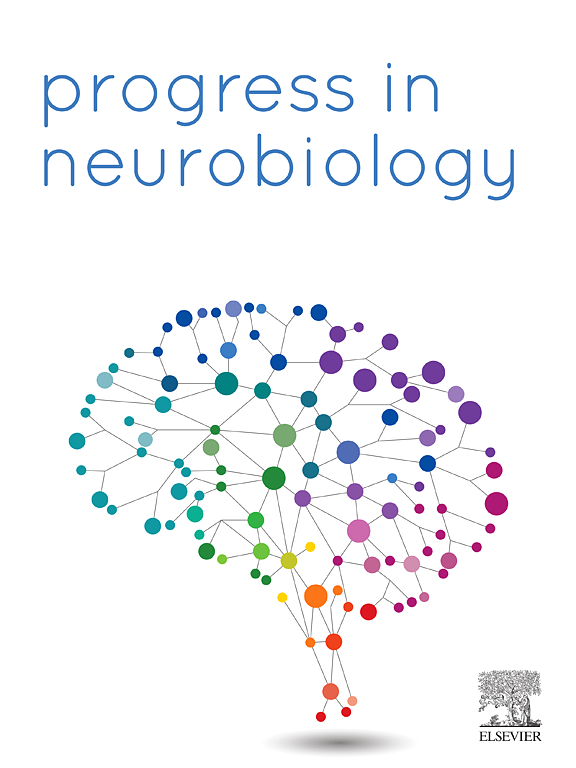Awake reactivation of cortical memory traces predicts subsequent memory retrieval
IF 6.1
2区 医学
Q1 NEUROSCIENCES
引用次数: 0
Abstract
Brief periods of rest after learning facilitate consolidation of new memories. Memory reactivation and hippocampal-cortical dialogue have been proposed as candidate mechanisms supporting consolidation. However, the study of these mechanisms has mostly concerned sleep-based consolidation. Whether and how awake reactivation can selectively consolidate cortical memory traces to guide subsequent behavior requires more human electrophysiological evidence. This study addressed these issues by utilizing intracranial electroencephalography (iEEG) recordings from 11 patients with drug-resistant epilepsy, who learned a set of object-location associations. Using representational similarity analysis, we found that, among the multiple cortical memory traces of object-location associations for the same object generated through several rounds of learning, the association corresponding to memory traces with stronger cortical activation during wakeful rest was more likely to be retrieved later. Awake reactivation of cortical memory trace was accompanied by increased hippocampal ripple rates and enhanced theta-band hippocampal-cortical communication, with hippocampal interactions with cortical regions within the default mode network preceding cortical reactivation. Together, these results suggest that awake reactivation of cortical memory trace during post-learning rest supports memory consolidation, predicting subsequent recall.
清醒时皮层记忆痕迹的再激活预示着随后的记忆提取。
学习后短暂的休息有助于巩固新记忆。记忆再激活和海马体-皮层对话被认为是支持巩固的候选机制。然而,对这些机制的研究主要涉及基于睡眠的巩固。清醒再激活是否以及如何选择性地巩固皮层记忆痕迹以指导后续行为需要更多的人类电生理证据。本研究通过利用11例耐药癫痫患者的颅内脑电图(iEEG)记录来解决这些问题,这些患者学习了一组物体定位关联。通过表征相似性分析,我们发现,在通过多轮学习产生的对同一物体的物体定位关联的多个皮层记忆痕迹中,在清醒休息时皮层激活较强的记忆痕迹对应的关联更有可能在随后被检索。皮层记忆痕迹的清醒再激活伴随着海马纹波率的增加和海马-皮层通讯的增强,在皮层再激活之前,海马与默认模式网络内的皮层区域相互作用。总之,这些结果表明,在学习后休息期间皮层记忆痕迹的清醒再激活支持记忆巩固,预测随后的回忆。
本文章由计算机程序翻译,如有差异,请以英文原文为准。
求助全文
约1分钟内获得全文
求助全文
来源期刊

Progress in Neurobiology
医学-神经科学
CiteScore
12.80
自引率
1.50%
发文量
107
审稿时长
33 days
期刊介绍:
Progress in Neurobiology is an international journal that publishes groundbreaking original research, comprehensive review articles and opinion pieces written by leading researchers. The journal welcomes contributions from the broad field of neuroscience that apply neurophysiological, biochemical, pharmacological, molecular biological, anatomical, computational and behavioral analyses to problems of molecular, cellular, developmental, systems, and clinical neuroscience.
 求助内容:
求助内容: 应助结果提醒方式:
应助结果提醒方式:


